I'm developing an .NET application where I need to filter data from SQL Server 2008 depending on a condition. My data structure looks like this:

The result should be grouped and sorted by Key. By default, the row with Revision null should be returned for each Key, but if revisionParameter is set the row with the corresponding Revision number should be returned. If the parameter is two, the output should be:
abc 2 FALSE
def null TRUE
ghj 2 FALSE
klm null TRUE
How can I accomplish this in LINQ? Thanks
EDIT: Response to lazyberezovsky: Your LINQ expression rewritten as lambda:
partial void RuleEntriesByUserSaveId_PreprocessQuery(int? UserSaveId, ref IQueryable<RuleEntry> query)
{
query = query.Where(re => re.Revision == null || re.Revision == value)
.GroupBy(re => re.Key)
.Select(g => g.FirstOrDefault(x => x.Revision != null) ?? g.First());
}